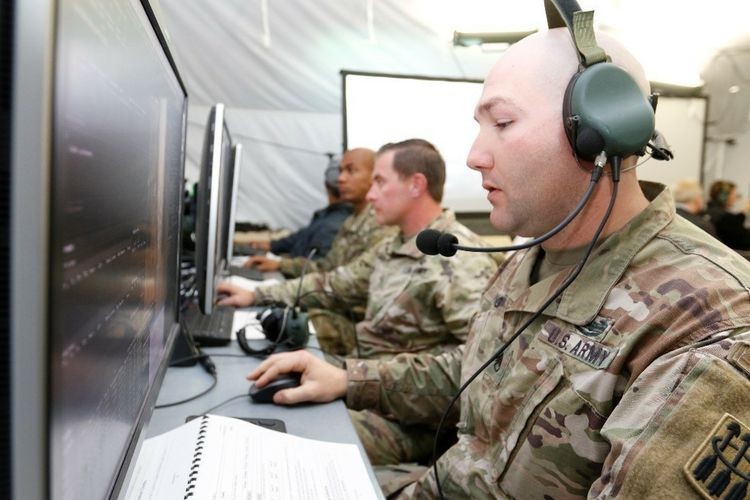Northrop Grumman Corporation's Integrated Battle Command System (IBCS) has showcased its advanced capabilities by successfully defending the Washington DC and the National Capital Region against simulated cruise missiles and compromised aircraft in a series of recent demonstrations. This marks a significant advancement in the technical prowess of the IBCS.

Northrop Grumman Modernizing Air and Missile Defense
As a pivotal component of the US Army's initiative to modernize air and missile defense, the IBCS demonstrated its adaptability by integrating existing Army and Air Force sensors and effectors, including Sentinel, Avenger, and National Advanced Surface-to-Air-Missile System (NASAMS) in the initial two demonstrations.
In the final demonstration, soldiers from the 263rd Air and Missile Defense Command utilized IBCS along with the Joint Track Management Capability to integrate Navy sensor data, vastly expanding the defended area over the National Capital Region.
These demonstrations underscore IBCS's effectiveness in seamlessly uniting sensors and shooters to determine optimal strategies for countering complex threats.
Rebecca Torzone, vice president and general manager of combat systems and mission readiness at Northrop Grumman, expressed confidence in IBCS's capacity to combine all available resources, emphasizing its recent achievements in safeguarding the homeland against aerial threats.
"IBCS is continuously showing its ability to unify all available sensors and shooters. Through the recent National Capital Region demonstrations, IBCS proved its capabilities in providing homeland defense against cruise missiles and other aerial threats. IBCS is ready now to take on the tomorrow's threats," Torzone said in a press statement.
The IBCS represents a groundbreaking command control system that harmonizes present and future assets across the battlespace, irrespective of origin, service, or domain. Its modular, open, and scalable architecture empowers warfighters with unprecedented capabilities, enabling the fusion of sensor data into a cohesive, actionable overview of the entire battlespace.
This capability expands the operational reach, granting warfighters more time to make critical decisions in the face of threats, according to Northrop Grumman.
Furthermore, this system stands as the linchpin of the US Army's air and missile defense modernization strategy, playing a pivotal role in supporting a multi-domain future and the ongoing modernization efforts of US and Allied capabilities.
Read Also : Northrop Grumman, US Air Force to Develop Advanced Air-to-Ground Missile to Take on Fast-Moving Enemies
191 Successful Flight Tests
In a related development, the US Navy achieved a significant milestone with a record 191 successful flight tests of the Trident II D5 Submarine Launched Ballistic Missile (SLBM) using Northrop Grumman Corporation's solid rocket motors.
This achievement, part of the Demonstration and Shakedown Operation 32 (DASO-32) event, attests to the readiness of the USS Louisiana (SSBN-743) crew and certifies the submarine's deployment.
This milestone demonstrates the track record of Trident II D5 SLBM tests, with no motor failures reported. Notably, some of the motors used in this unarmed flight test were the oldest ever deployed for Trident II D5, highlighting their remarkable reliability.
Northrop Grumman, in collaboration with the US Navy and prime contractor Lockheed Martin, is currently in the process of modernizing and digitizing Trident II D5 manufacturing processes, aiming to enhance manufacturing capabilities and ensure sustained production to meet future demands.
Related Article : Northrop Grumman, US Air Force Reveal New Images of B-21 Raider Nuclear Stealth Bomber as Engine Test Runs Start

ⓒ 2025 TECHTIMES.com All rights reserved. Do not reproduce without permission.




